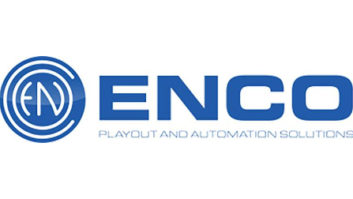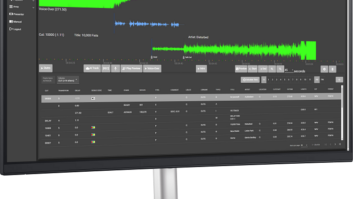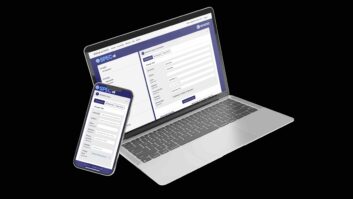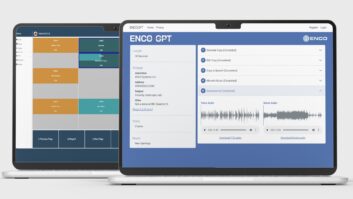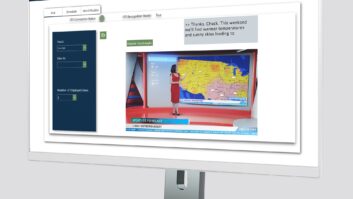PITTSBURGH I began using the ENCO Systems PADapult product as it was in development as an answer to a need to get PAD data transmitted to the various media outlets we have at WDUQ and The Jazzworks Network. PADapult has grown tremendously in answer to feedback from users looking for specific needs.
It started as a method of sending RDS and PAD information out of ENCO’s DAD automation system. It is now a standalone product that is useful with any automation system.
Rendezvous with RAMA
The basic premise of PADapult is that it listens on a port that you choose, and when it receives information from an automation system or other source it formats it and sends it to 10 other locations. It can be any automation or other system from most any manufacturer.
The power of PADapult is in the formatting of each sent data stream. Data streams can be formatted differently for RDS, HD Radio, billboards, Web “Now Playing” lists, Twitter and more. Each of those services requires different formatting and custom parameters. PADapult can handle all of them.
I use it to take title and artist information from our jazz network, Jazzworks. PADapult takes the title and artist information from the active uplink server in Denver and sends it to Pittsburgh for distribution.

A single software copy of PADapult is a one-in/10-out device that formats each output for the needs of each location.
ENCO’s RAMA takes things a step further.
RAMA is a hardware device that runs up to 10 copies of PADapult at the same time. Users activate the number of copies needed.
RAMA is really a standalone PAD data server. Physically it is a standard 1 RU hardware box. It is able to send and receive data from any automation system or live input; but the difference is 10 separate input and output sets it can output because of the multiple copies of PADapult running.
In the case of our Jazzworks network the single copy of PADapult at my uplink server sends to Pittsburgh and is received by a RAMA. The output of that data stream is sent to affiliates who wish to receive the data. One copy of PADapult can send to 10 affiliates through a RAMA and they can distribute as they need with a RAMA on their end.
The same RAMA that is sending to affiliates also is taking in primary FM station PAD on a second copy of PADapult and sending it to RDS and HD encoders.
Then the same RAMA takes an HD2 PAD on another copy of PADapult on the hardware and sends that to an HD importer.
Another PADapult copy takes my HD3 PAD and sends it to the importer as well. Different PAD data streams are being received, formatted for the specific intended media and sent to multiple places. RAMA is truly a PAD data problem-solver and PAD data router and server.
Turns out I have more than 10 affiliates wanting PAD data from Jazzworks. I can make up to 10 copies of PADapult on the RAMA device take the same input and distribute it to even more locations. RAMA is a program-associated data server.
The main interface for getting under the hood of RAMA is a Web front end where users can set parameters, ports in and out and formatting, IPs to send to and timed static text to send when no other text is available. That is available for each copy of PADapult running on RAMA.
Additionally there is a separate application with PADapult that allows manual entry of PAD text for those occasions when the automated text won’t do.
RAMA was born when I asked Gene Novacek at ENCO for a server version of PADapult. In true ENCO fashion, responsiveness was king and the RAMA was born. I recommend it highly.
Chuck Leavens is director of engineering and information technology for WDUQ(FM) Pittsburgh and the Jazzworks Network.
For information, contact ENCO Systems in Michigan at (248) 827-4440 or visitwww.enco.com.





